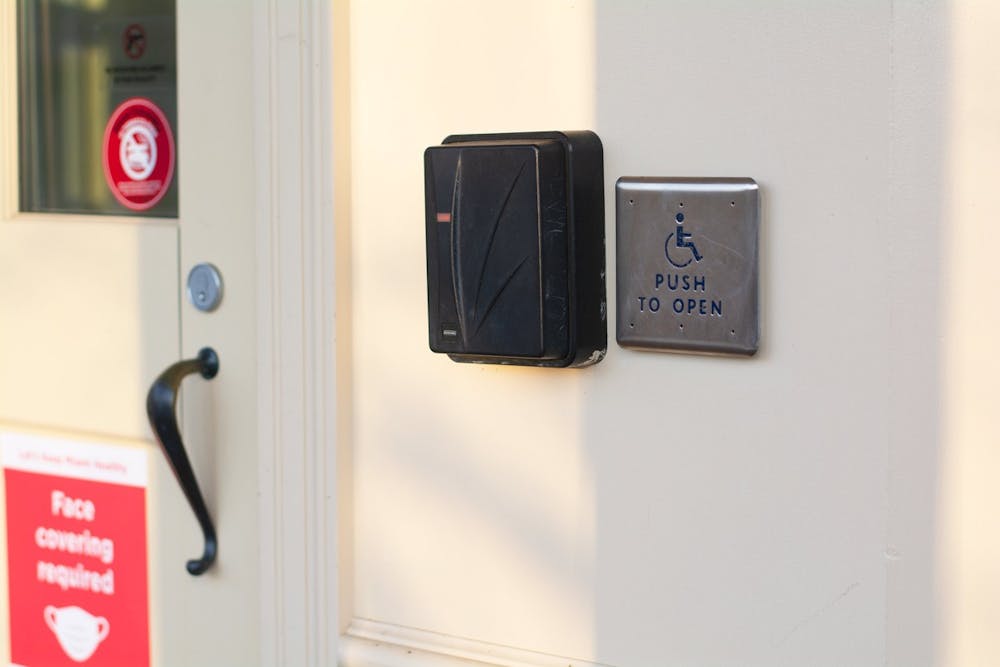Miami University was recently ranked as one of the top 20 wheelchair-accessible college campuses in New Mobility Magazine's Wheels on Campus guide. Placing the university as the 20th most accessible, the guide discussed Miami's Student Disabilities Service (SDS) and its ability to actively accommodate students with disabilities.
In ranking universities, the guide focused on both wheelchair accessibility on campus and "an overall campus culture that clearly acknowledged the full range of wheelchair users' needs and interests."
These rankings were determined by two methods: Wheels on Campus sent surveys to around 400 universities, in which they ranked themselves on their accessibility, and reporters for the guide were sent to each university. In the survey, 50% of universities, including Miami, said their campus was entirely accessible to wheelchair users.
Dan Darkow, SDS assistant director and a wheelchair user, said a major part of accommodating students in wheelchairs is working and communicating directly with them.
"We have a Students with Disabilities Advisory Council (SDAC), and they are the leading voice of students with disabilities on Miami's campus," Darkow said. "If there are concerns related to student accessibility on campus, they have a direct line to our center and can relay information to us regarding things that we may want to take a closer look at."
As of 2020, Miami University has five registered wheelchair users on campus. Darkow said the university frequently works with SDAC and individual students to create personalized accommodations.
"For example, we have a student who needed an accessible restroom in an academic building with an automatic door," Darkow said. "Working with our office and physical facilities, we were able to modify that restroom to meet the student's needs."
Accommodations include accessible housing, academic buildings and environments. Environmental accessibility involves adjusting lighting, seating, restrooms and fragrances to be suitable for all students.
For Darkow, a key part of accommodating wheelchair users is getting rid of the stigma around disability and educating the community.
"I have a lot of [conversations] with students and programming that we do within the Miller Center to re-shape our lens on disability and how we have thought of disability for so long, to show it as a powerful identity that has a rich culture and community associated with it," Darkow said.




